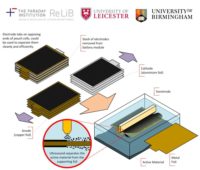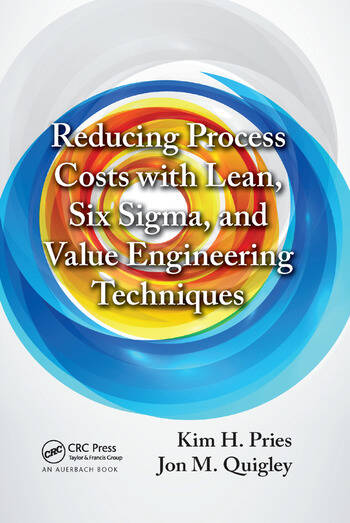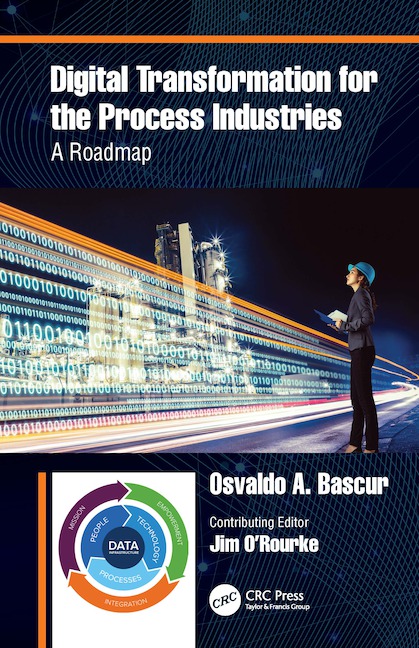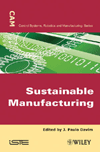CHEMNITZ, Germany—Engineers at the Fraunhofer Institute for Machine Tools and Forming Technology (IWU) here have developed a new way to recycle batteries and other car parts.
The EKODA project, which focuses on disassembly processes and technology, carefully examines each component during a complex testing procedure. Then, an evaluation system generates recommendations for how these components could be reused. This strategy optimizes the lifespan of the individual parts, making it possible to establish a sustainable circular economy in the mobility sector.
After a lithium-ion battery has been extracted from an old or damaged vehicle, a camera slowly moves over it, recording the battery type, model, serial number and power class (in kilowatts). The system compares this information with an internal database. Next, the battery cover is removed through a semiautomated process. Then comes more analysis.
A measuring system records the battery’s current charge level, the functionality of its control electronics and the condition of the individual battery cells. Evaluation software developed in-house then uses this data to create a detailed profile of the battery condition, which is analyzed and used to provide recommendations for reuse.
An intact battery that is only three or four years old, for example, could be transferred to a used car of the same type. If the energy storage system is older, it would be possible to use it in a smaller agricultural machine. Even if the battery has multiple defective cells, it may still be suitable for stationary use, such as electricity storage in a home photovoltaic system.
The battery system does not need to be thrown away. It gets a second chance that is tailored to its specific abilities. The same principle of examination and reuse can also be applied to other types of car parts, such as drivetrains.
“The decisive factor here is that the individual parts are disassembled carefully via a standardized and automated process, as we need to find possible ways of reusing the components right from the start,” explains Uwe Friess, Ph.D., head of the department for body construction, assembly and disassembly at Fraunhofer IWU.
The software, which is equipped with AI algorithms, is one of the core technologies of the EKODA project, which aims to bring about a circular economy through efficient, economically viable disassembly and processing.
“We want to move away from traditional recycling, instead looking at every component of a car as a valuable resource—regardless of the function they currently serve in the vehicle,” says Friess. “This is why we are working on a strategy for testing whether these individual components can be reused or repurposed in various contexts.”
Friess and his colleagues are also working on processes for automatically disassembling the individual components. By implementing this strategy systematically, they hope to enable reuse of all components as part of a circular economy.
Because this would reduce the need to manufacture new products, it would reduce both costs and CO2 emissions. Not only that, but it would also reduce or eliminate the need to prematurely scrap cars that may still be partially intact.






